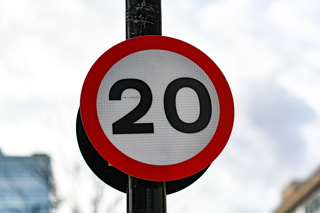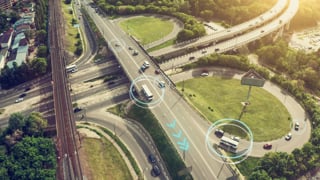A rise in so-called ‘pseudo-insured’ drivers in the personal insurance market will put pressure on fleet premiums, according to experts.
The Motor Insurers’ Bureau (MIB) says uninsured driving has dropped by around 50% in the past 10 years – from an estimated two million in 2005 to one million today.
That’s thanks in part to the development of the Motor Insurance Database – a central record of all insured vehicles – and automatic number plate recognition (ANPR) technology, used by the police to detect uninsured drivers.
However, after the tax on premiums jumped from 6% to 9.5% late last year, Janet Connor, managing director of AA Insurance, has warned of a “sinister rise in pseudo-insured drivers”.
She explained: “More drivers will attempt to falsify information to achieve the lowest possible premium.
“That might include changing age, occupation, even name and address.
“In that way, the vehicle will be recorded as ‘insured’ and thus avoid being stopped by ANPR-equipped police patrols.”
Ian Brown, managing director of Smart Motor at Towergate Insurance, told Fleet News that other methods used by drivers to reduce their perceived risk, and their premium, included “much lower declared or intended mileage, or omitting to declare any modifications”.
“If a claim then arose, insurers could void such policies, but we’re still left with claims costs and in particular the third-party claims, he said.”
Connor agreed, adding: “Insurers will press for prosecution, but if the number of cases rises substantially, it can only lead to further upward premium pressure.”
The problem of pseudo-insured drivers comes on top of ‘crash for cash’, fraudulent whiplash claims and, despite falling numbers, almost one million drivers on UK roads without any insurance at all.
Government estimates put the cost of staged incidents at £2billion, while uninsured drivers cost almost £250m a year.
If a business driver is involved in an incident with an uninsured driver where the uninsured driver is at fault, the fleet will be able to recover the repair costs to the vehicle, and the driver will be able to receive compensation for any injuries suffered, from the MIB.
The regime was set up in the wake of the 1930 Road Traffic Act which, for the first time, insisted drivers obtain third-party insurance.
The problem of uninsured drivers inevitably arose and the Government formed the MIB in 1946, to deal with the victims of uninsured drivers and, later, untraced drivers, usually referred to as hit-and-run accidents.
It now also covers UK residents involved in accidents with foreign-registered vehicles.
Insurance companies are required to pay a levy based on their gross written premium.
“The more business you write, the bigger share of the MIB levy you have to pay,” explained Paul Ryman-Tubb, head of technical at the MIB.
The levy peaked in 2008, with insurers having to pay £417m to cover uninsured drivers. “The levy last year and this year is £244m,” said Ryman-Tubb.
Gareth McChesney, director of personal lines underwriting and pricing at Zurich, said: “Uninsured drivers impact the premiums of honest motorists.”



















Login to comment
Comments
No comments have been made yet.